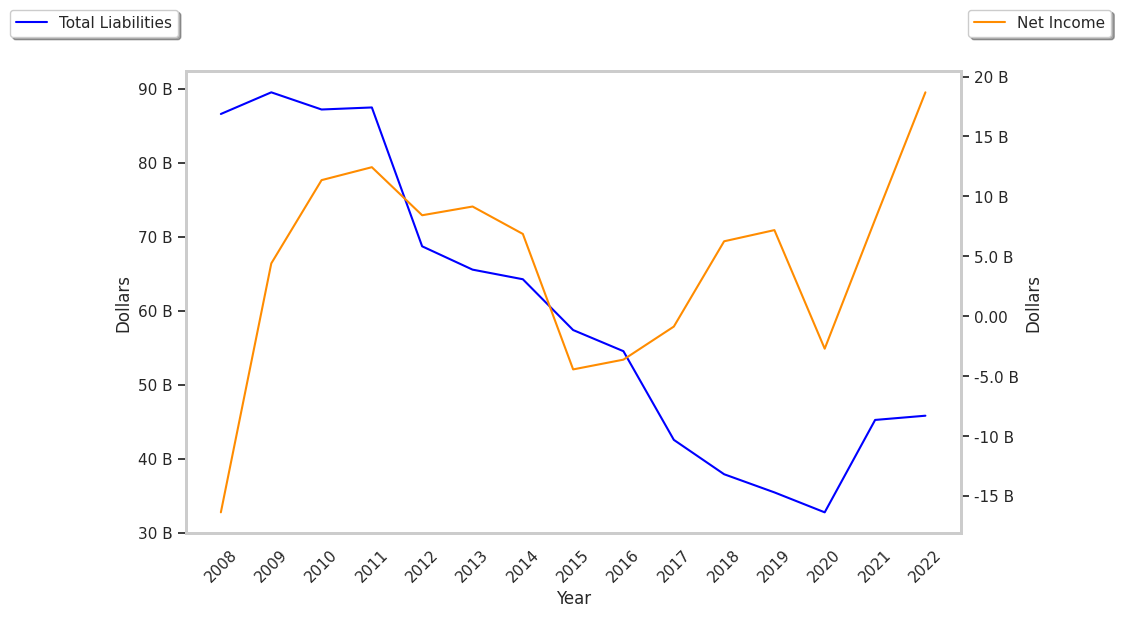Oil & Gas Integrated company ConocoPhillips is taking Wall Street by surprise today, falling to $94.73 and marking a -4.3% change compared to the S&P 500, which moved 0.0%. COP is -18.77% below its average analyst target price of $116.62, which implies there is more upside for the stock.
As such, the average analyst rates it at buy. Over the last year, ConocoPhillips has underperfomed the S&P 500 by -25.0%, moving -8.8%.
ConocoPhillips explores for, produces, transports, and markets crude oil, bitumen, natural gas, liquefied natural gas (LNG), and natural gas liquids. The company is classified within the energy sector. The stock prices of energy companies are highly correlated with geopolitics: economic crisis, war, commodity prices, and politics all have an effect on the industry. For this reason, energy companies tend to have high volatility -— meaning large and frequent price swings. As global energy supplies shift towards renewables, we may see a reduced correlation between energy prices and geopolitical events.
ConocoPhillips's trailing 12 month P/E ratio is 12.7, based on its trailing EPS of $7.46. The company has a forward P/E ratio of 13.9 according to its forward EPS of $8.03 -- which is an estimate of what its earnings will look like in the next quarter. The P/E ratio is the company's share price divided by its earnings per share. In other words, it represents how much investors are willing to spend for each dollar of the company's earnings (revenues minus the cost of goods sold, taxes, and overhead). As of the third quarter of 2024, the energy sector has an average P/E ratio of 18.35, and the average for the S&P 500 is 29.3.
To deepen our understanding of the company's finances, we should study the effect of its depreciation and capital expenditures on the company's bottom line. We can see the effect of these additional factors in ConocoPhillips's free cash flow, which was $8.01 Billion as of its most recent annual report. Over the last 4 years, the company's average free cash flow has been $8.52 Billion and they've been growing at an average rate of 12.4%. With such strong cash flows, the company can not only re-invest in its business, it can afford to offer regular returns to its equity investors in the form of dividends. Over the last 12 months, investors in COP have received an annualized dividend yield of 3.2% on their capital.
Value investors often analyze stocks through the lens of its Price to Book (P/B) Ratio (its share price divided by its book value). The book value refers to the present value of the company if the company were to sell off all of its assets and pay all of its debts today - a number whose value may differ significantly depending on the accounting method. Conocophillips's P/B ratio is 1.8 -- in other words, the market value of the company exceeds its book value by a factor of more than 1, so the company's assets may be overvalued compared to the average P/B ratio of the Energy sector, which stands at 1.6 as of the third quarter of 2024.
Since it has a Very low P/E ratio, an average P/B ratio, and generally positive cash flows with an upwards trend, ConocoPhillips is likely undervalued at today's prices. The company has mixed growth prospects because of an inflated PEG ratio and strong operating margins with a stable trend. We hope you enjoyed this overview of COP's fundamentals. Be sure to check the numbers for yourself, especially focusing on their trends over the last few years.



